252 SACD / Wolfgang Amadé Mozart: Stadler Quintet K. 581, Clarinet Concerto, K. 622 Aria K. 523 & 524
Description
The clarinet player uses his instrument as billard cue. This little provocation on the cover indicates what is going on. Its common knowledge that Mozart composed these pieces not long before his death. But for Dirk Altmann (and booklet author Katharina Eickhoff) they are not the creations of an angel on the way to heaven but where written in a very earthly environment a part of which was playing billard with his friend and clarinet player Anton Stadler. What happens when the clarinet concerto is played exempt of romantic, nearly religious enhancement? We hear the inspirations of a joyful genius. Surely you want to know more...
2 reviews for 252 SACD / Wolfgang Amadé Mozart: Stadler Quintet K. 581, Clarinet Concerto, K. 622 Aria K. 523 & 524
You must be logged in to post a review.

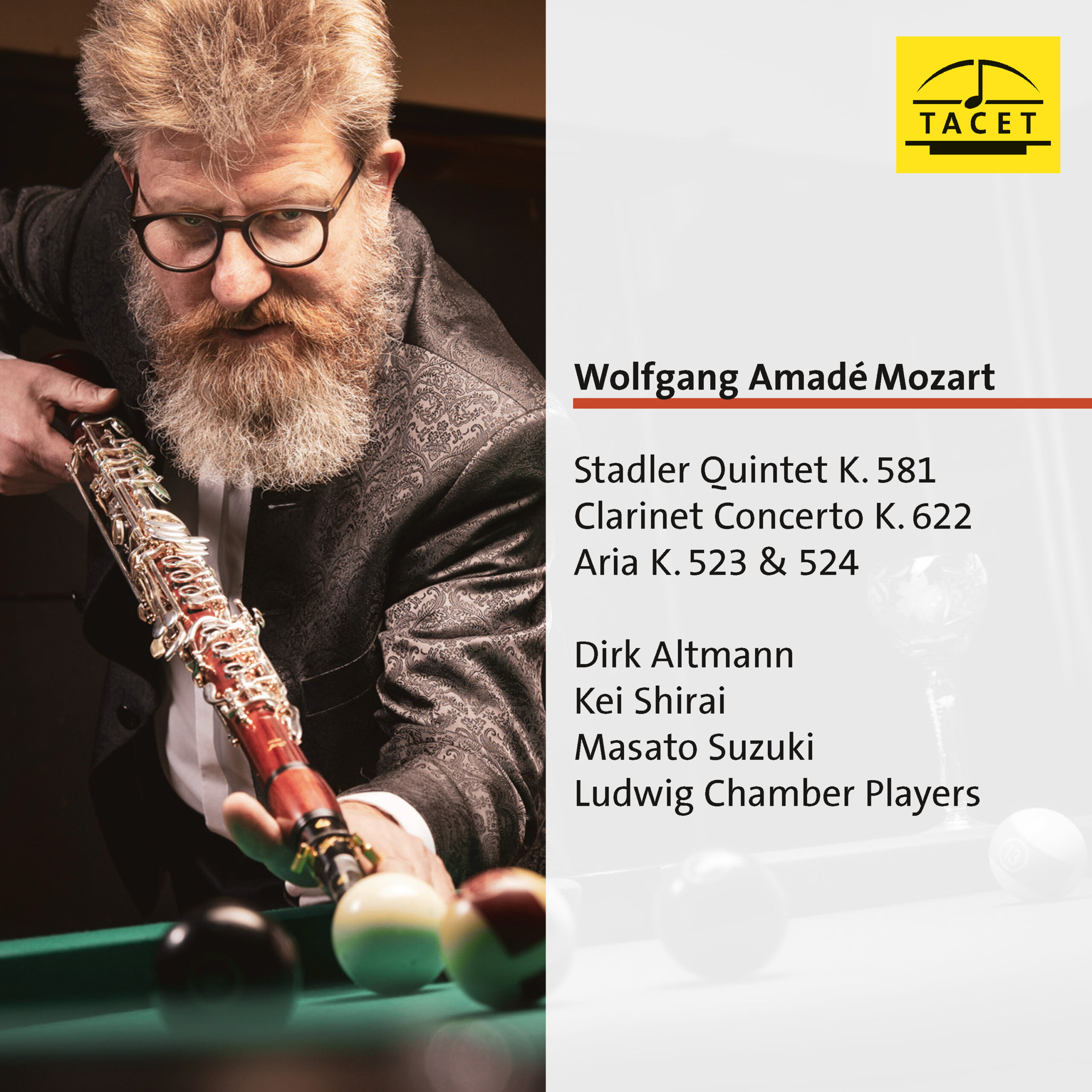
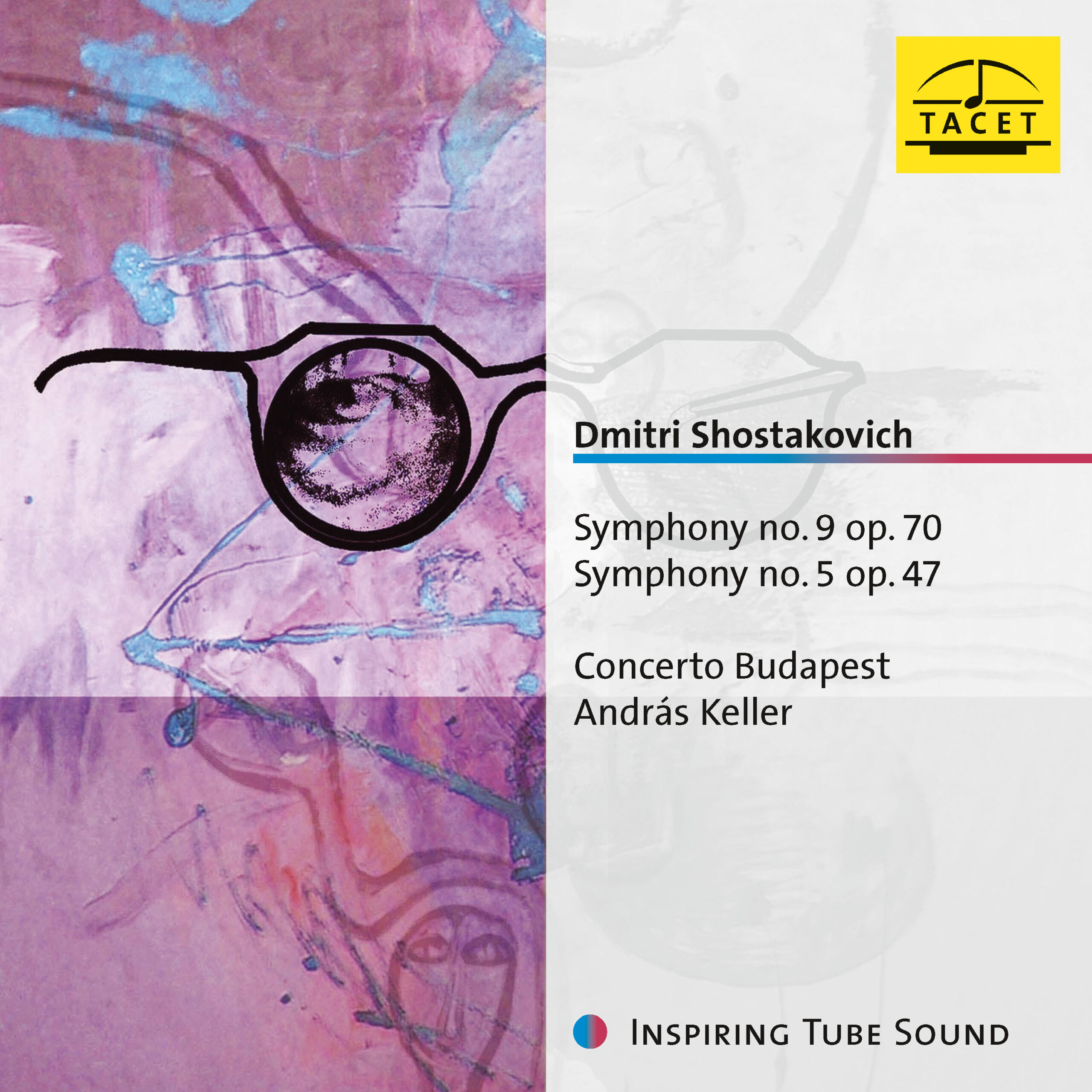
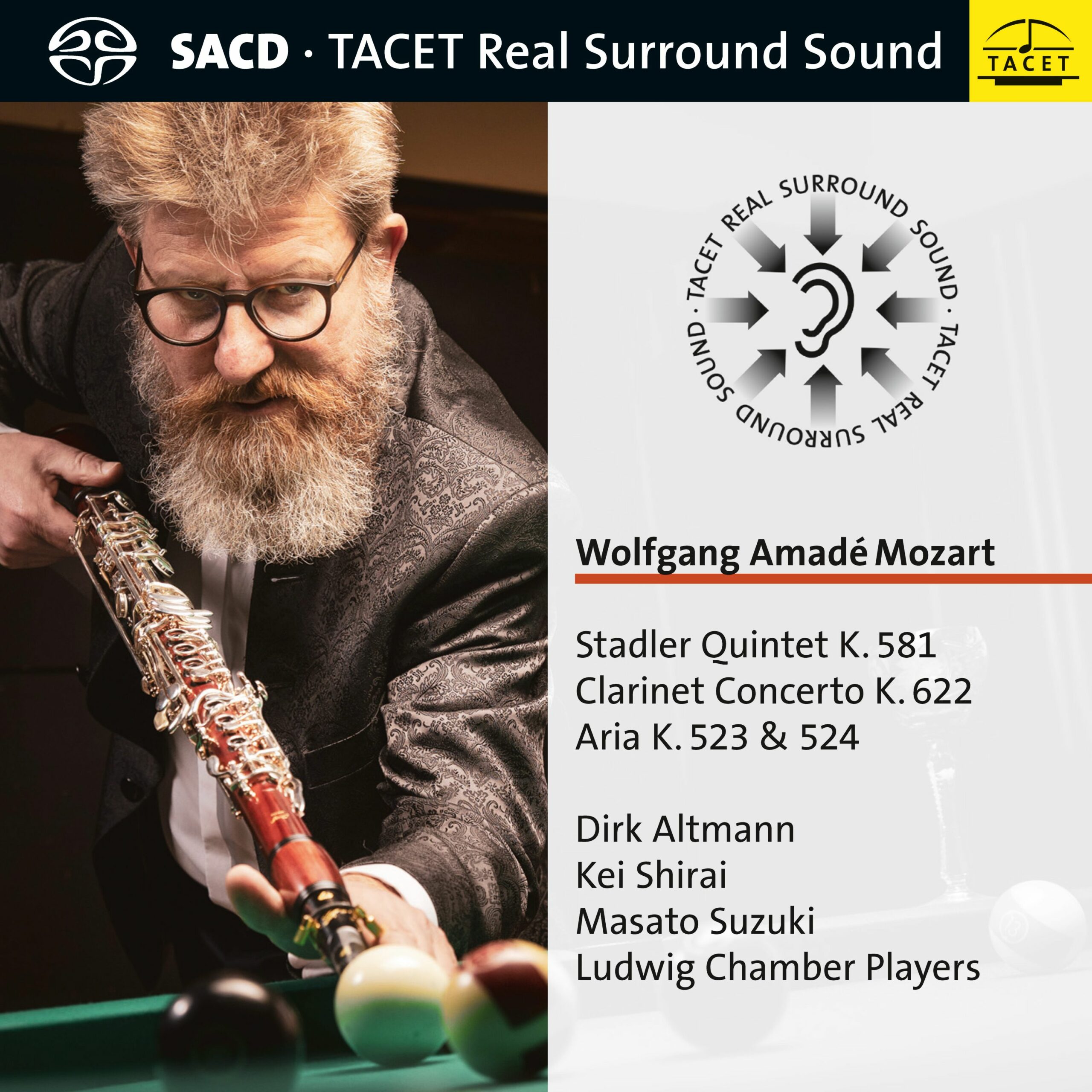
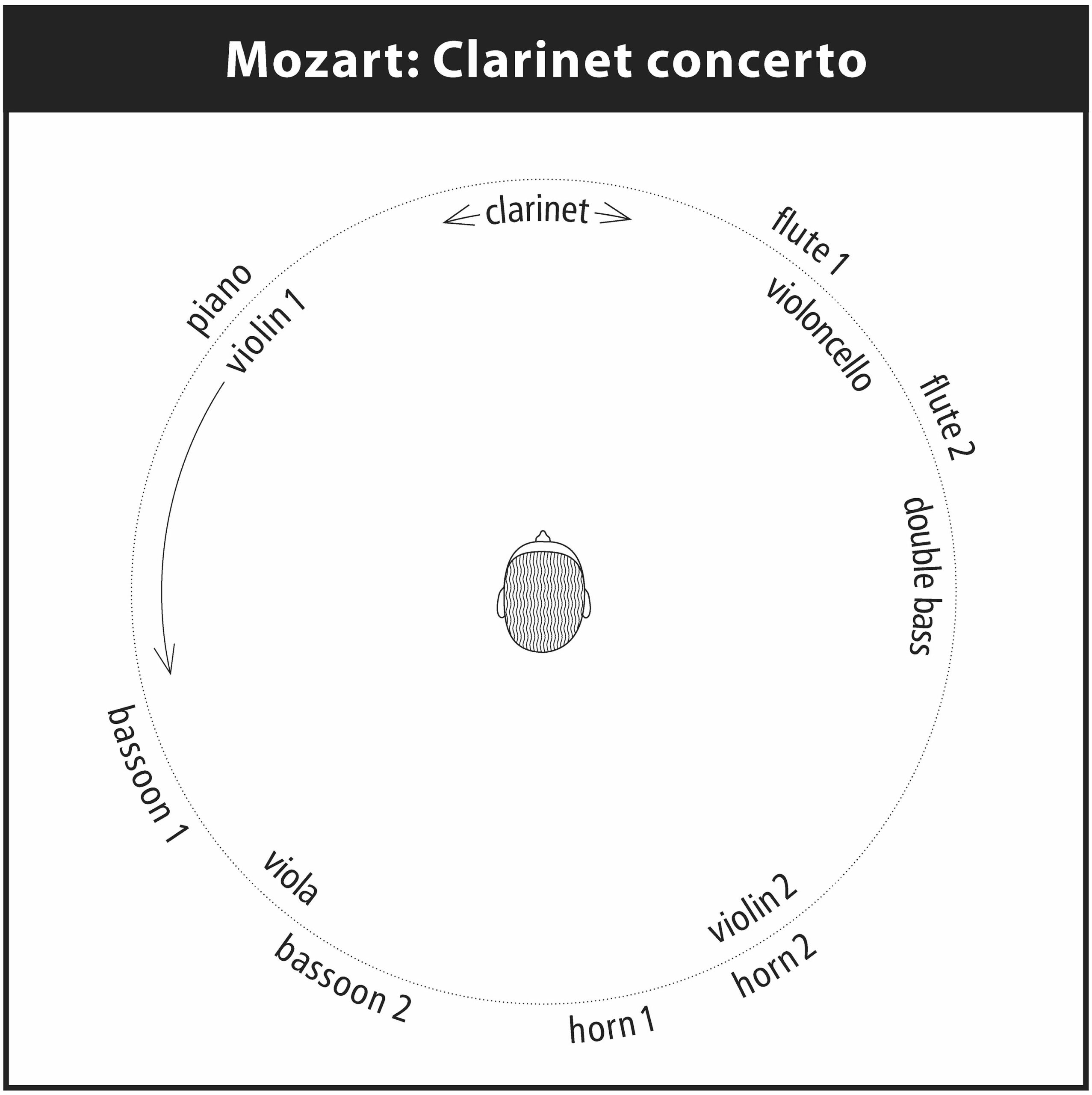
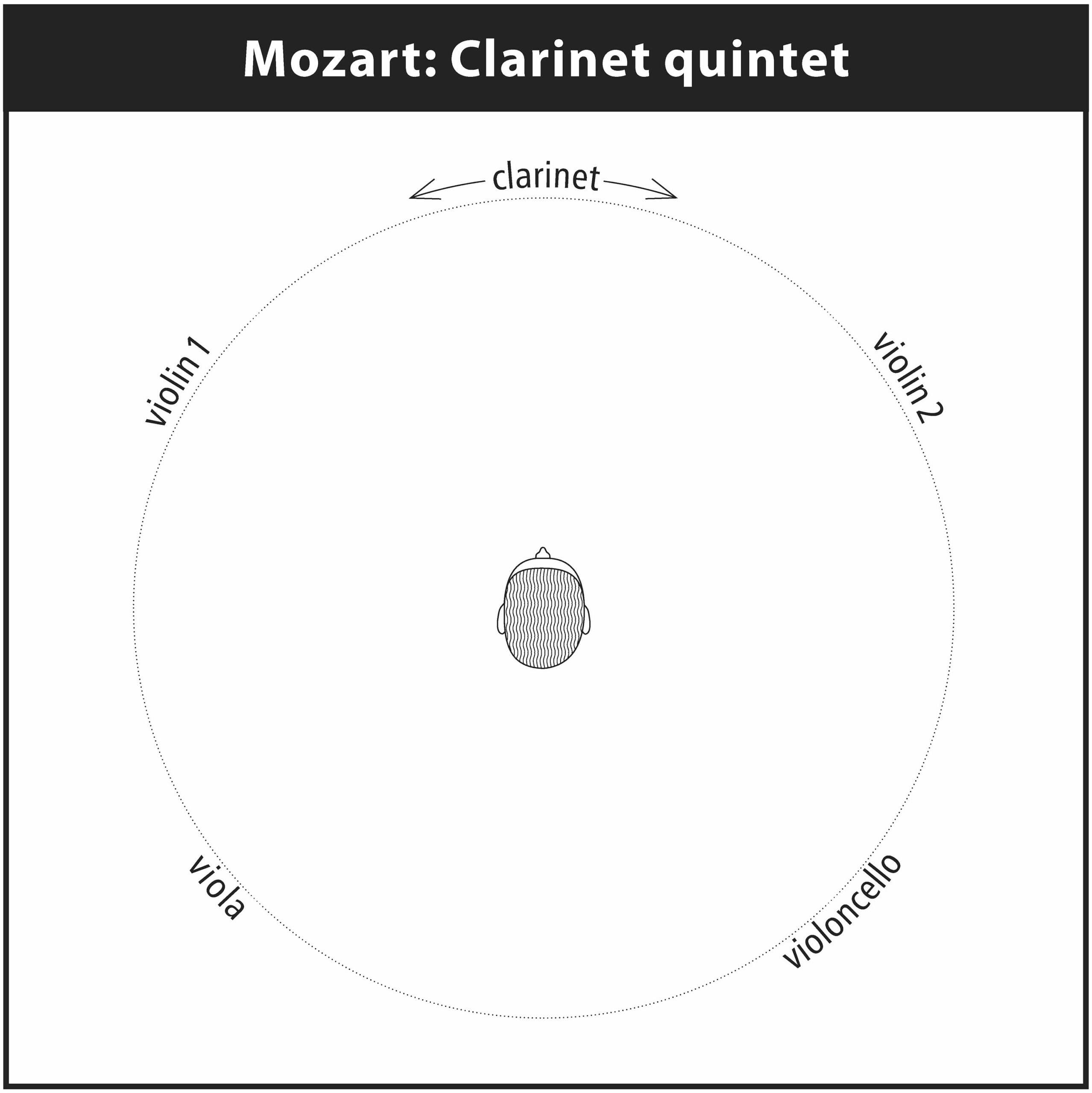
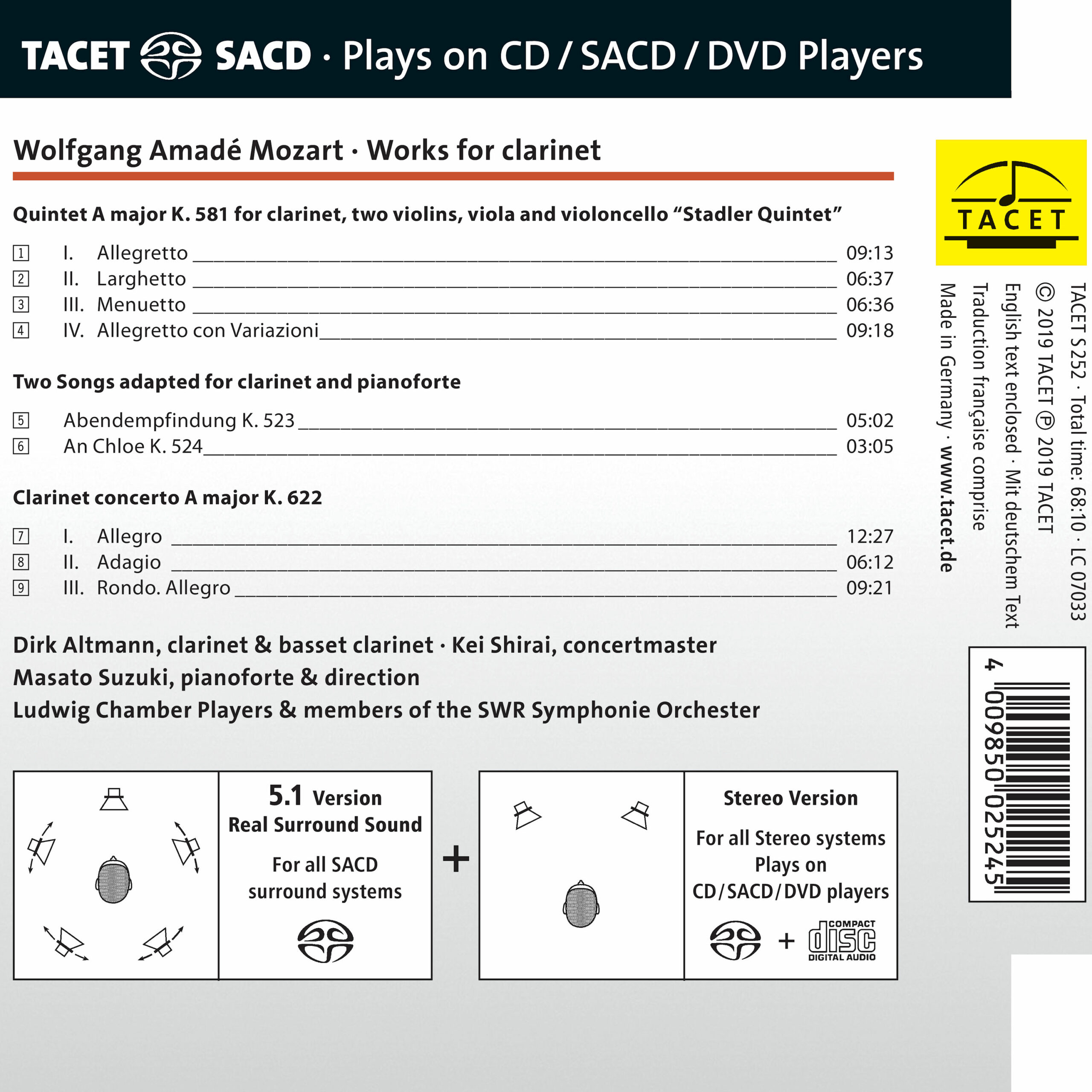
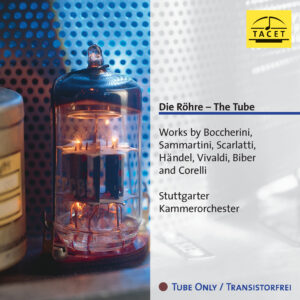
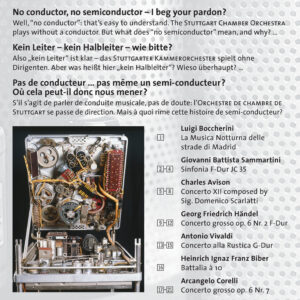
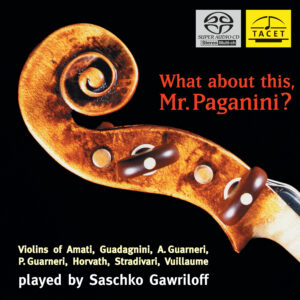
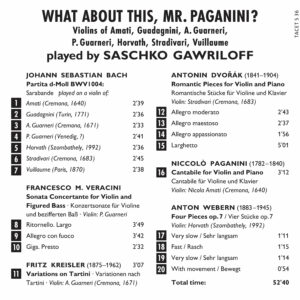
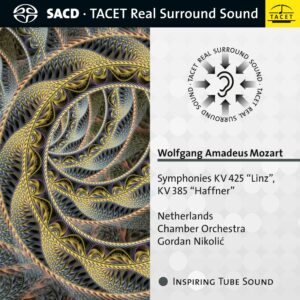
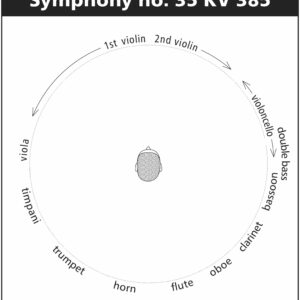

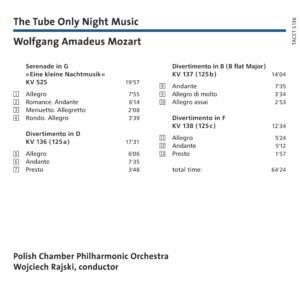
Stuttgarter Nachrichten –
(...) Neither the Clarinet Quintet nor the Clarinet Concerto are rarities in concert life, but the performers here achieve wonderful things: a great deal of liveliness, agility and clarity in the chamber music - and in the concerto a singing of the solo instrument that enriches the instrumental dialogue with all the compartments, positions and peculiarities of the human voice. That the music also often (and especially in the Allegretto of the quintet) seems to giggle loudly and mischievously is another quality of this recommendable CD.
ben
Rohrblatt Nummer 34, Heft 4-2019 –
(...) Before listening to a record, one usually reads the booklet, which is strongly recommended here. Here the text comes from Katharina Eickhoff's pen. The well-known classical music presenter on SWR and elsewhere describes knowledgeably, in a beautifully simple conversational tone, how Mozart discovered his "inner voice" when he encountered the clarinet late in his short life, the instrument that best fulfilled his longing to compose melodies sung not only by the human voice but by instruments, indeed by small and large ensembles. Because - Mrs. Eickhoff is right - singing was Mozart's elixir of life: if there were no operas to write, then just other things where he could let sing. She gives examples - concert arias, cavatinas, cantilenas, recitatives - and one can also add canons and songs accompanied by piano. And there, in the Mannheim orchestra, he heard the clarinet, at that time not yet widely developed and often with a sharp tone! Thanks to Anton Stadler's wind art, his imagination danced capers: one can hear it in the "Figaro" of 1786, in his later piano concertos and symphonies. Ms. Eickhoff finds an enchanting formula for this; she speaks of the "typical Mozartian soul tone" as a "human voice with transcendent added value." It is worth reading the whole text, in which even Busoni and Schopenhauer are quoted about Mozart!
This also explains why all classical music lovers know and love it: Mozart's immortal Clarinet Concerto, a blissful farewell song to the world - but which he did not know when composing it. The heavenly middle movement is a balm for the souls of many people who wish to hear this piece over and over again on the radio. No wonder that every self-respecting clarinetist plays the work. So now again Dirk Altmann, longtime solo clarinettist of the SWR-Sinfonierchester in Stuttgart, who we meet again and again on these pages (...). His new recording has now been released by TACET and it shows special features.
But one more preliminary remark is necessary, namely about the special recording technique Andreas Spreer has come up with for his label TACET. For a long time he has been using a special spatial technique (...). Spreer's surround sound is captured in such a way that the listener in the middle of his at least four loudspeakers hears the music as if he were sitting in the middle of the circle of musicians. I described this six years ago during a production of Mozart's "Gran Partita" KV 361. TACET describes details of this special surround sound technique in each of its booklets.
Such an experience is now also conveyed by this new production with Mozart's clarinet works. If I listen to the first bars of the quintet KV 581 with the necessary technical equipment, then I hold my breath when after a few bars - the clarinet has sung its first melodies, the strings have accompanied and responded together - the cello in a loudspeaker standing behind me makes itself heard with its sparse pizzicato plucks as I have never heard them so clearly before, And so it goes on. Melodic arcs, bass figures, garlands in the high notes - everything blends wonderfully, and in the process I perceive exactly which of the five is playing what at any given moment. Thus I hear in the development before or behind me on the right or left in one of the four tone sources always anew here the clarinet, there a violin, elsewhere the viola, again the cello wanders, each with its melody, until all five voices meet again in the total sound and unite around me - I feel myself in the middle in the circle of the five! Here I am given an experience that I cannot have in any live concert: sophisticated recording technology provides me with a musical enjoyment that is not possible in real life and that fans out the structure of a composition and leads to new insights that miraculously enhance the pleasure. This is true for all movements of this "Stadler Quintet" and also for the Concerto K. 622, where the clarinetist is joined by only as many colleagues from his Stuttgart SWR Symphony Orchestra as were involved in the work's premiere on October 16, 1791 in Prague: 3 first and 3 second violins, 2 violas, plus 2 flutes, bassoons and horns each and an old-fashioned basso continuo with cello, double bass and fortepiano. One is amazed at the sonority of these fourteen voices including basso continuo, which together open their sound space to the clarinet!
The well-known melodies in the three movements are given pretty ornaments when repeated, in general many original ornaments surprise, small fermatas are imaginatively filled with distinctive cadenzas, there are delays to catch one's breath before a particularly beguiling melody, and if the clarinet rises in the low register - the basset clarinet used by Stadler and reproduced today can do this - then one suddenly hears clearly a charming violin or viola part in the high registers, which is otherwise hardly noticeable. The basso continuo - with the fortpiano sound usually heard more clearly only in piano passages - provides a full, solid and attractive foundation. The soloist does without anything spectacular and lets his instrument sing and sing with wonderful tone in sometimes dreamy intimacy - and when the runs ascend into the sky, it tears open and gives light! More comforting this otherworldly music can hardly be played...
The musicians liked two of Mozart's songs so much that they inserted them between the two great works so that one could sit back and relax for a few minutes: first Abendstimmung KV 523 with a farewell text to life that - as sung here by a clarinet - sounds anything but eschatological, and the well-known song "An Chloë" KV 524, a rapturous love song that evokes a longing for death, only to end with the verse: "And then I sit beside you, weary but blessed".
I feel just as richly endowed and delighted after 68 elysian minutes of this TACET Mozart....
Dieter Steppuhn
Rohrblatt Nummer 34, Heft 4-2019